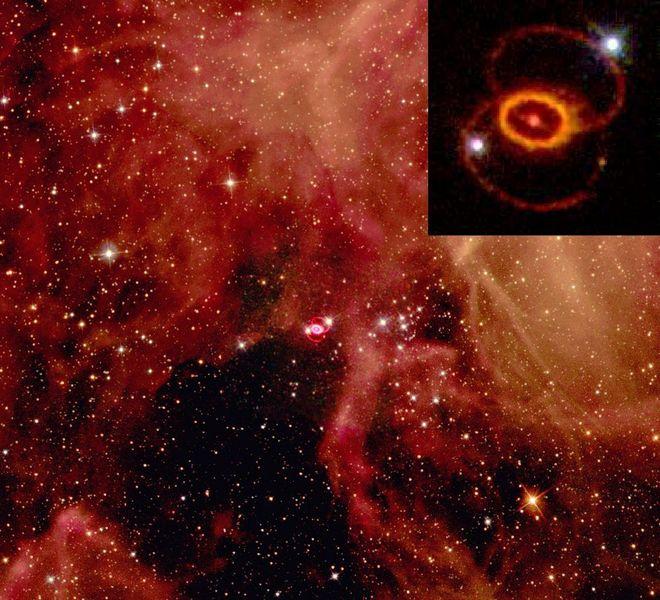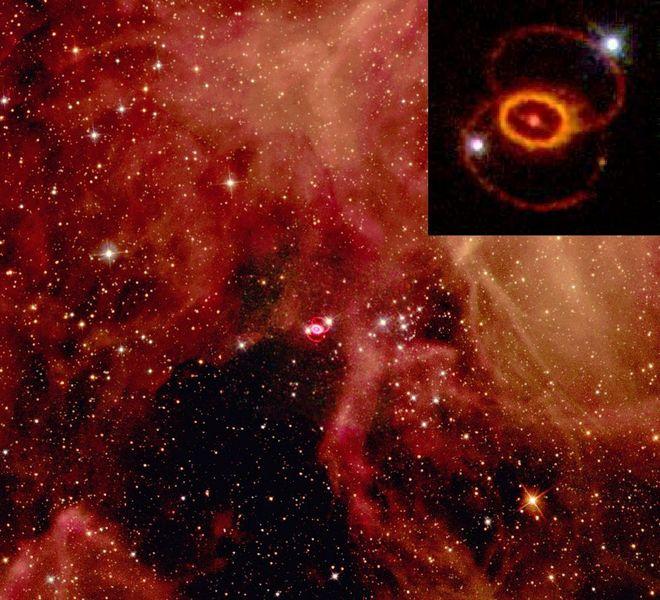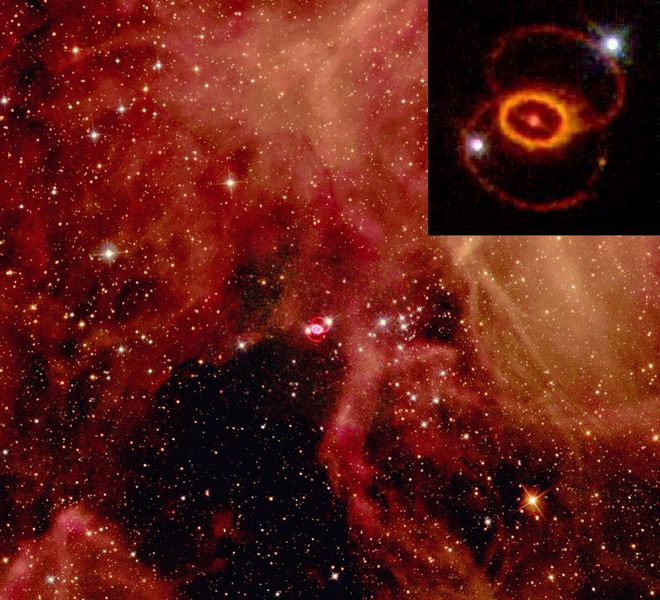The mystery behind why some stars explode may be solved by a theoretical particle that could also help us predict climate change on Earth.
This December, researchers at CERN, the European Organization for Nuclear Research, will see if this scalar gravitational particle exists.
When a lone star runs out of nuclear fuel, its core collapses, releasing enormous amounts of gravitational energy. A huge shock wave is produced that may be driven by a scalar gravitational field, resulting in an immense explosion called a Type II supernova.
By understanding this process, we may be able to tell when and where these extremely powerful explosions will occur, and also their impact on the Earth’s climate in the future.
“There is a direct correlation between star explosions and the temperature of the Earth’s atmosphere,” explained astrophysicist Charles Wang at Scotland’s University of Aberdeen in a press release. “When a star explodes a massive amount of cosmic rays enter the atmosphere affecting the weather in space by making it cloudier.”
“More clouds in space leads to the Earth’s atmosphere being cooler,” he continued. “Global warming could therefore be connected to stars exploding in our skies less frequently.”
Wang believes a fundamental but as yet undiscovered particle may be responsible for Type II supernovae.
“My theory is that a scalar particle–one of the most elementary types of particles in the universe and similar to the Higgs boson–is at work within these stars and responsible for the additional energy which causes the explosion [to] take place,” Wang said.
“We cannot control the explosion of stars, but if we can understand the process by which it happens we could potentially better predict when and where these explosions will take place.”
Wang discussed the research at the British Science Festival on Sept. 4.
The Epoch Times publishes in 35 countries and in 19 languages. Subscribe to our e-newsletter.






